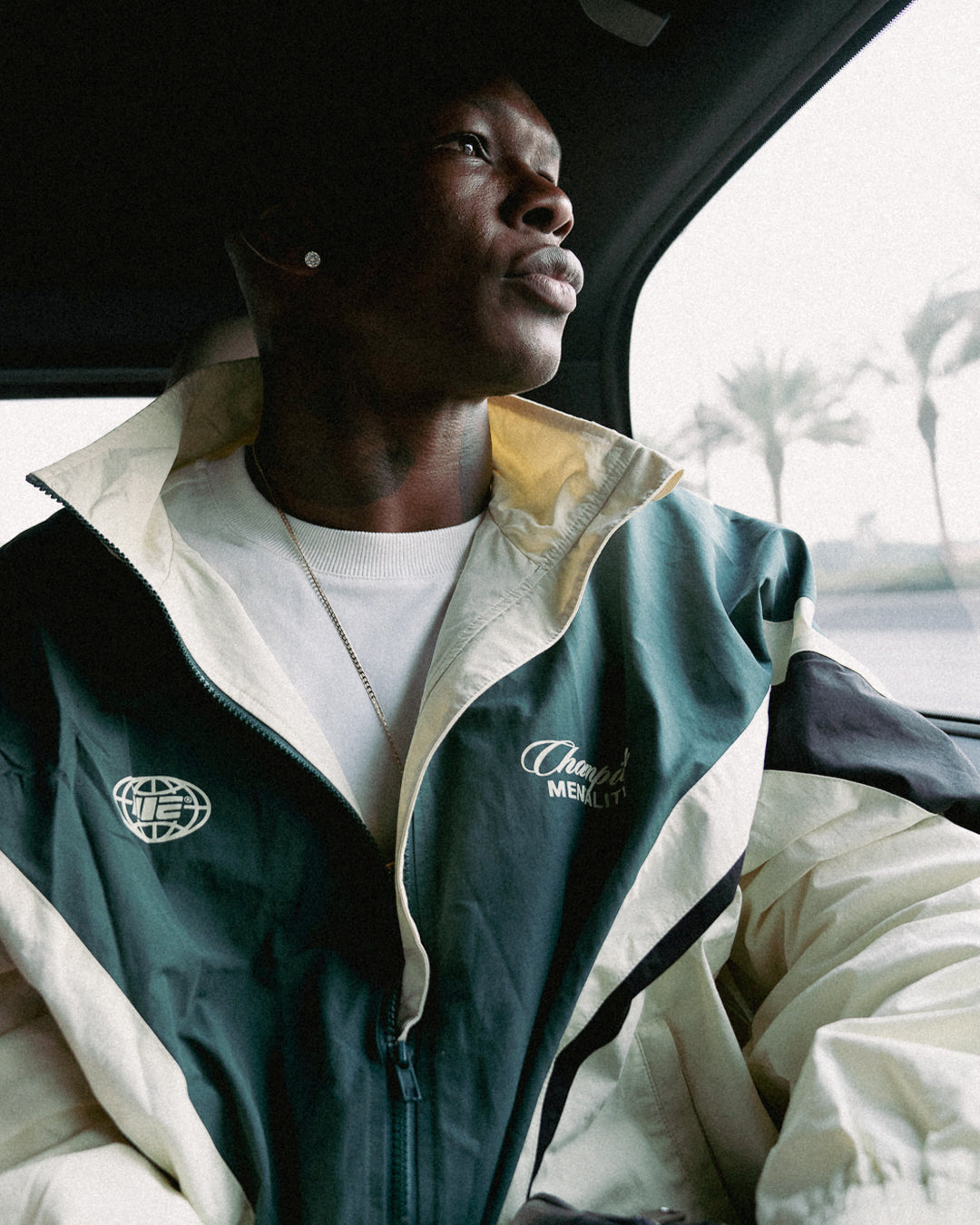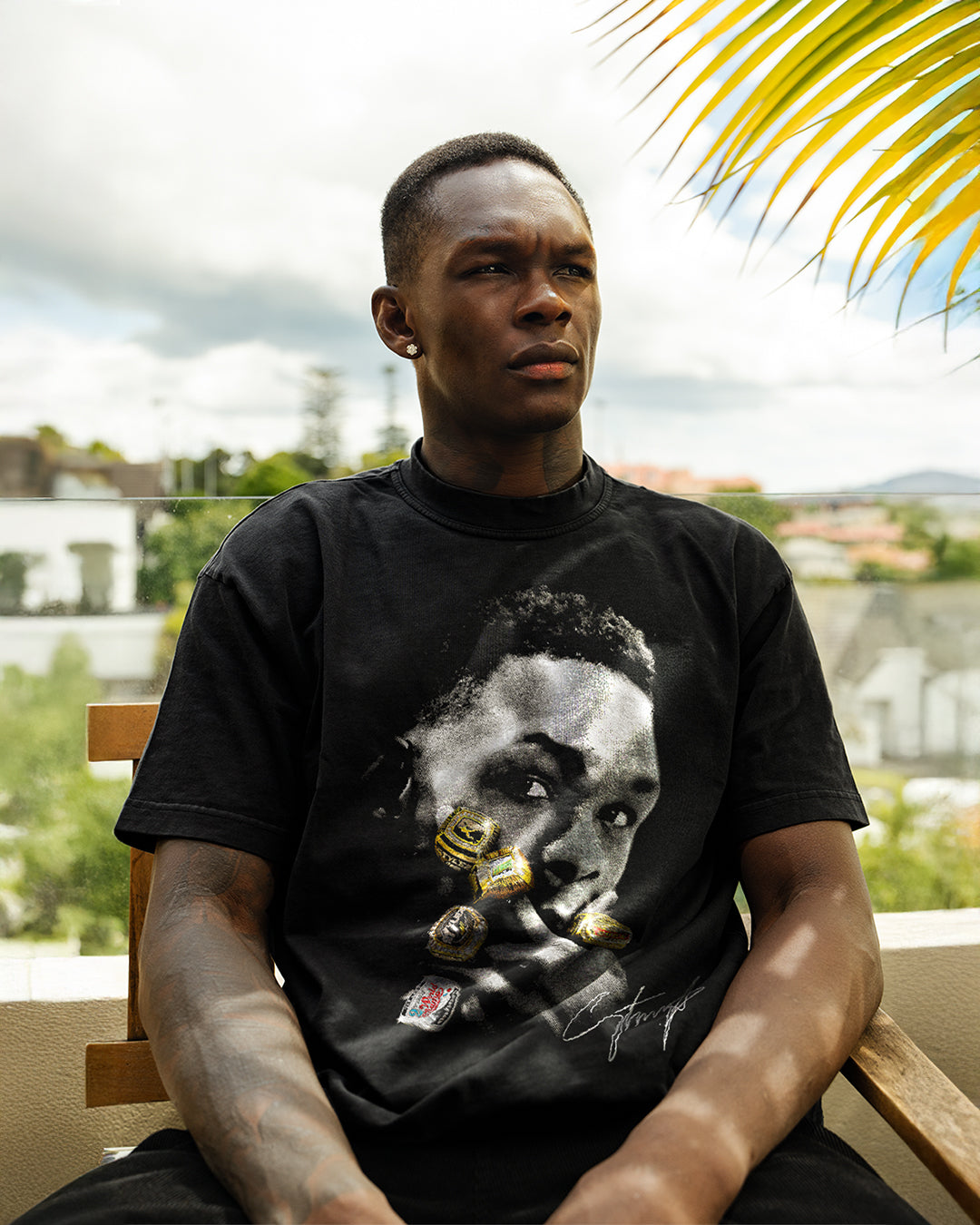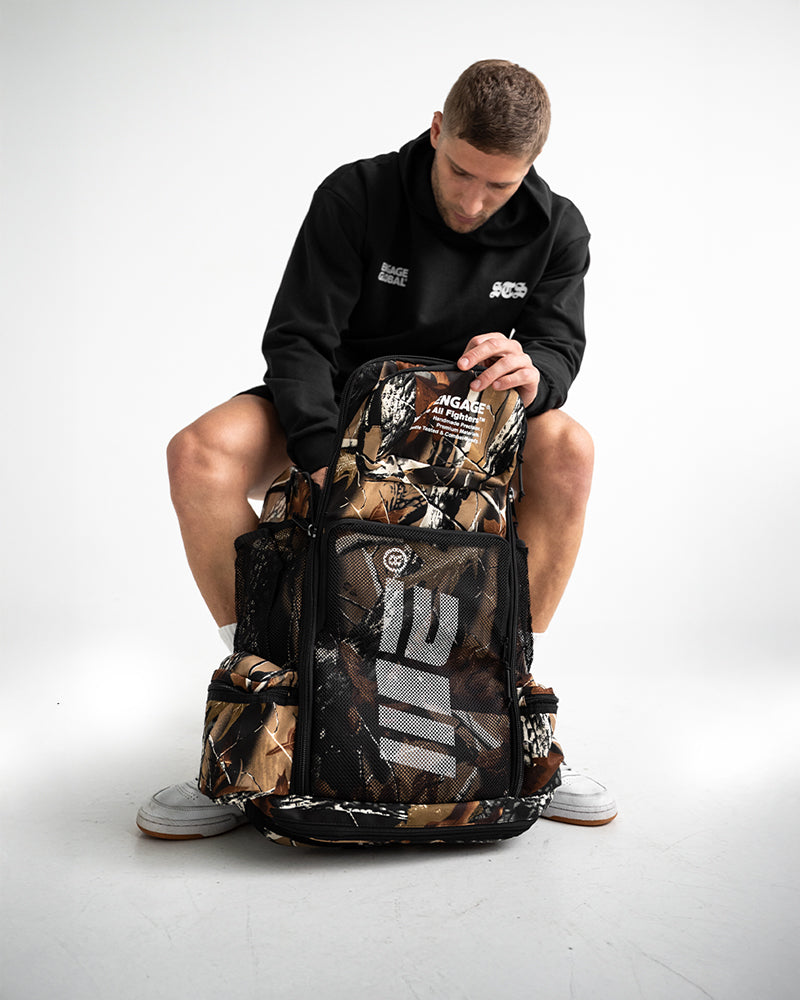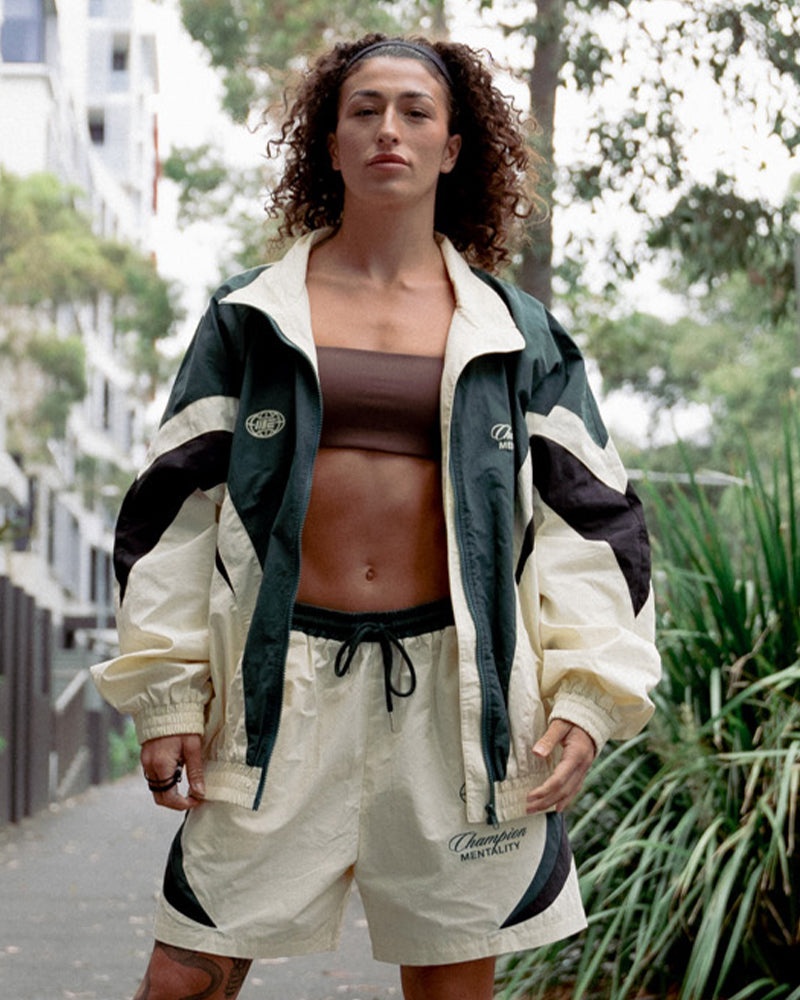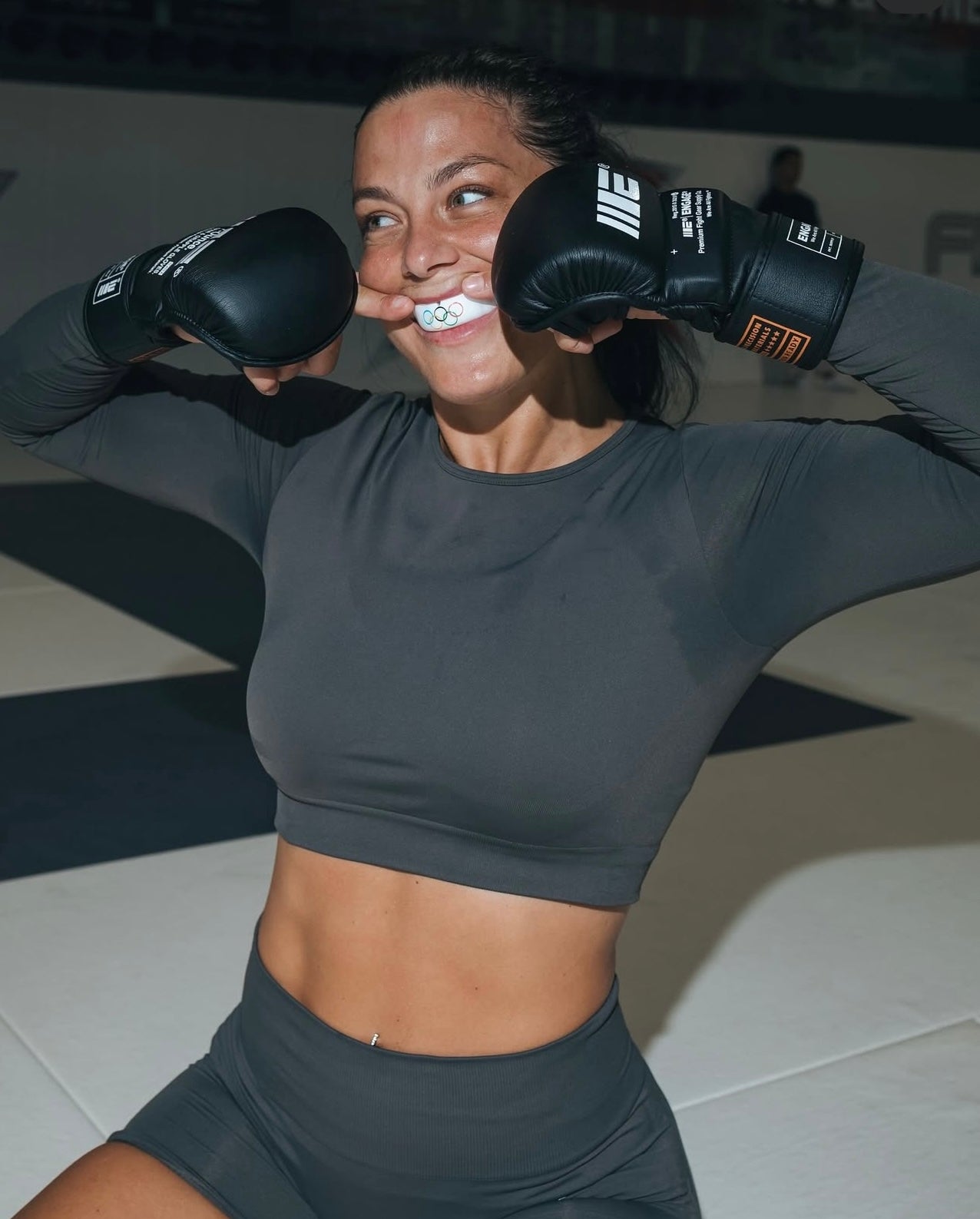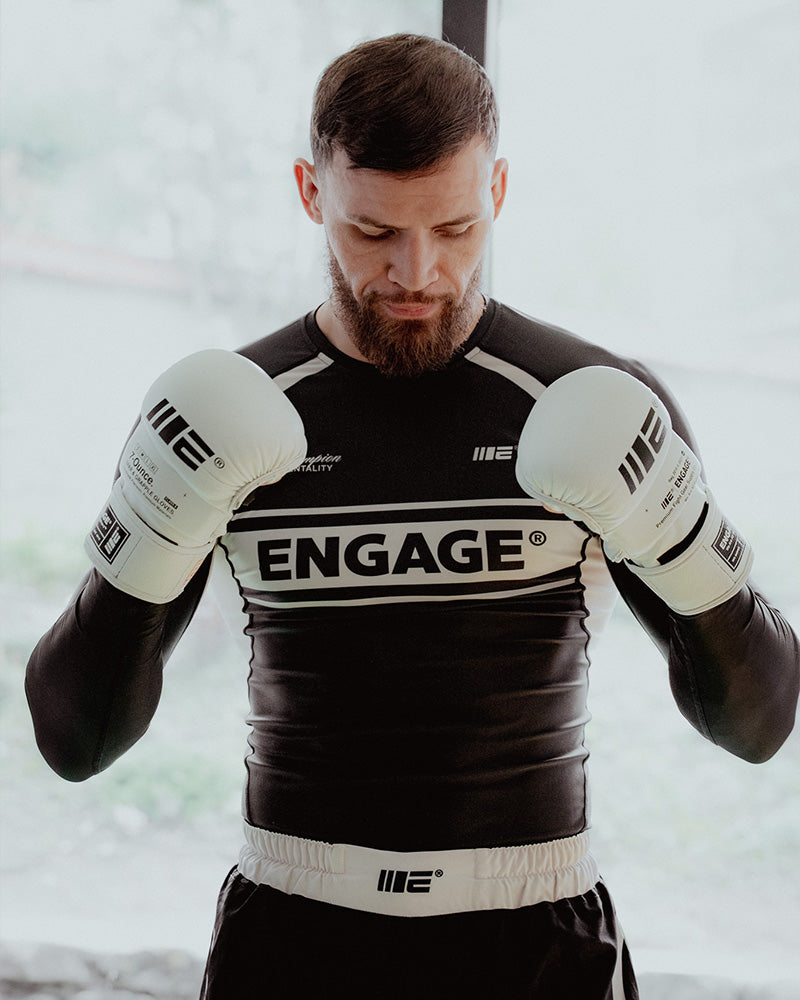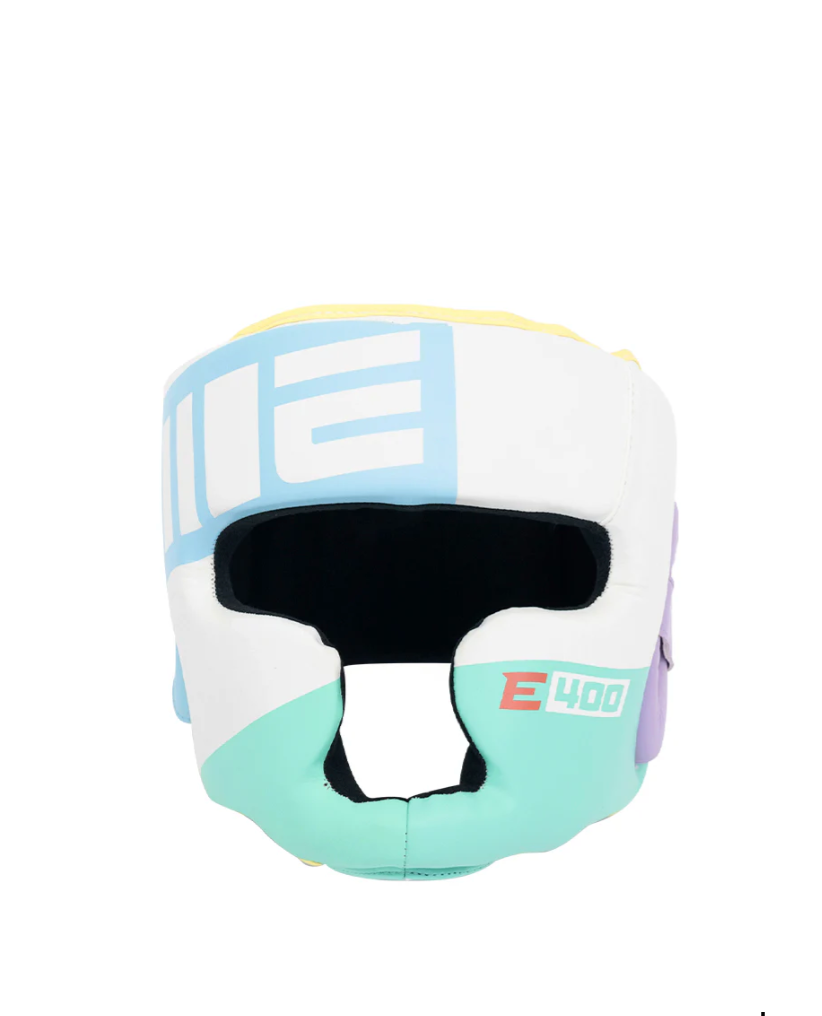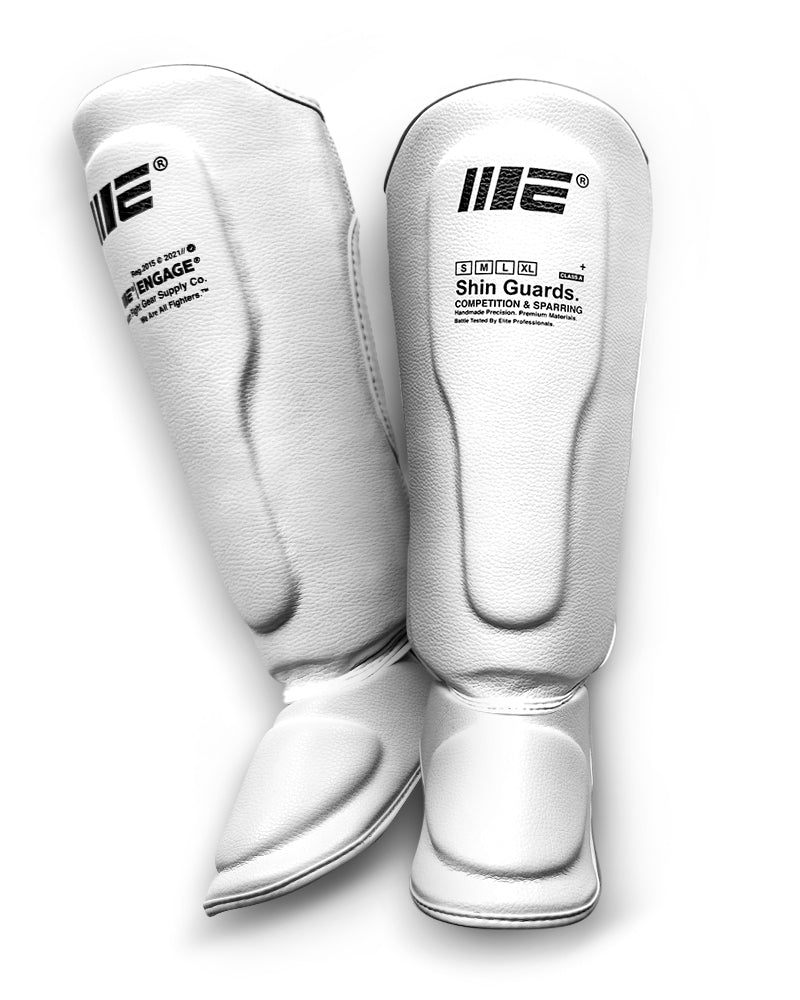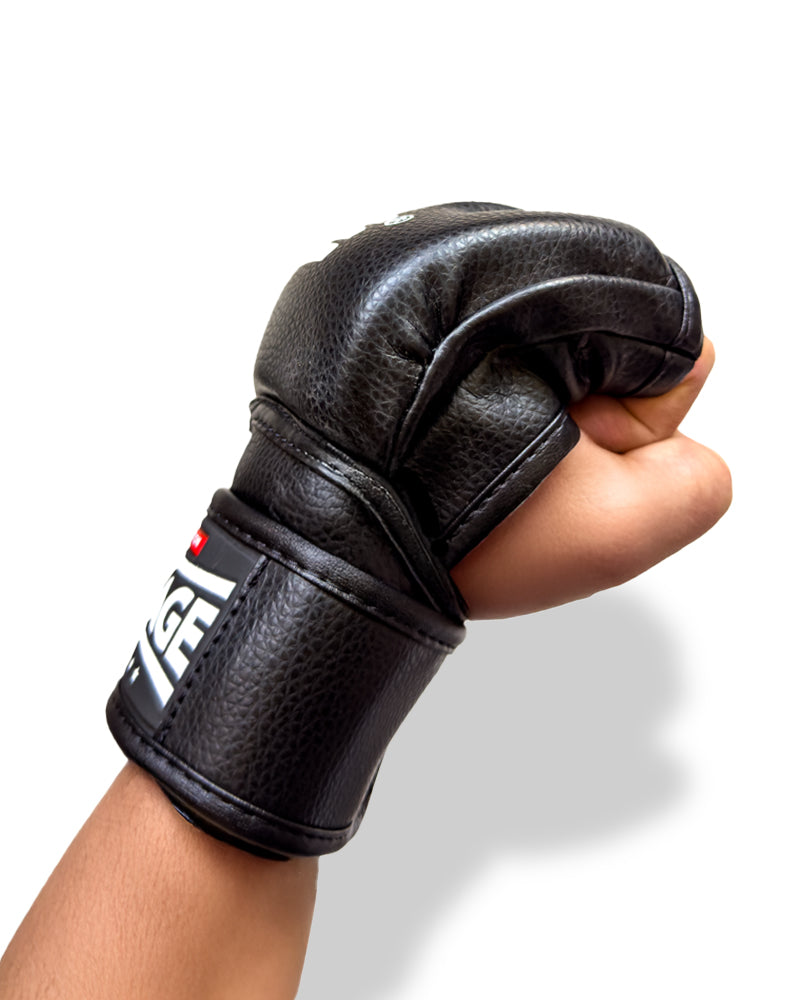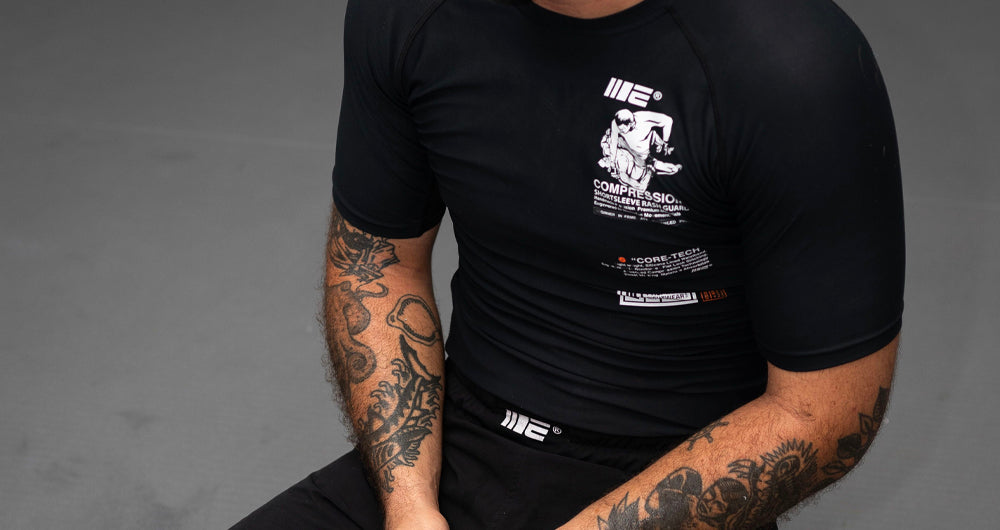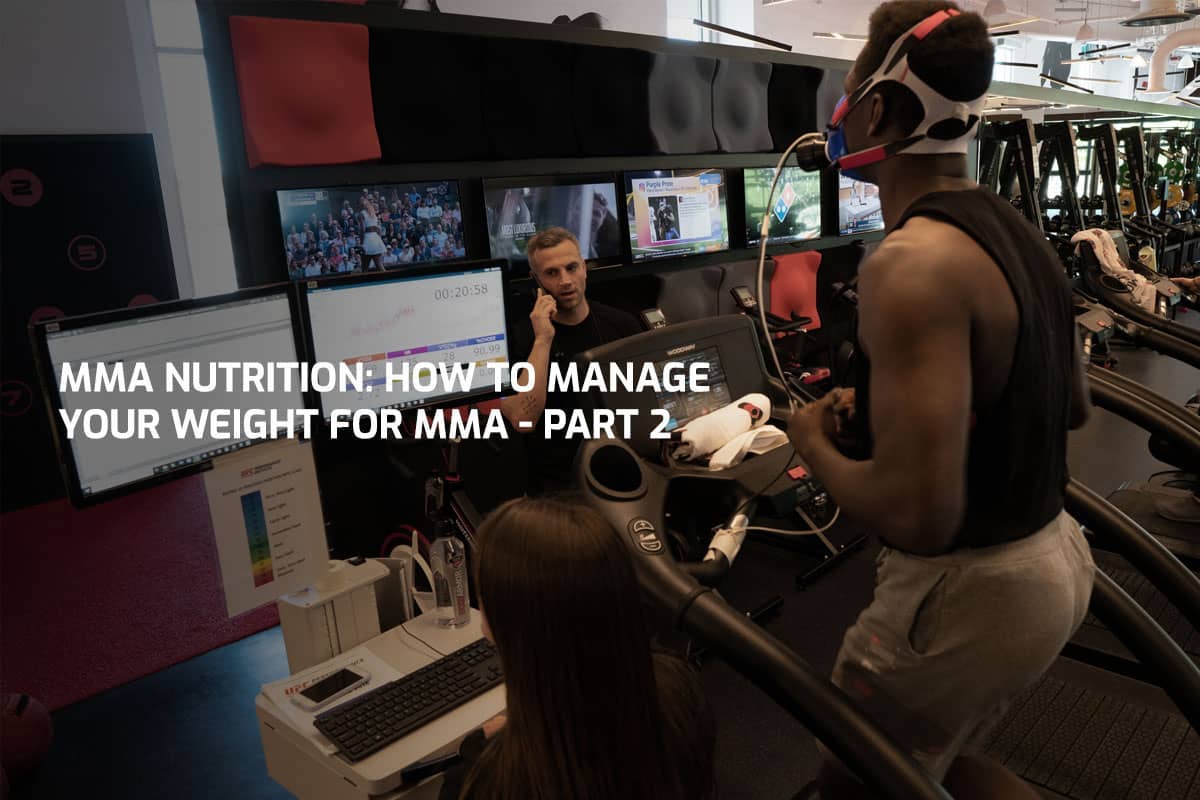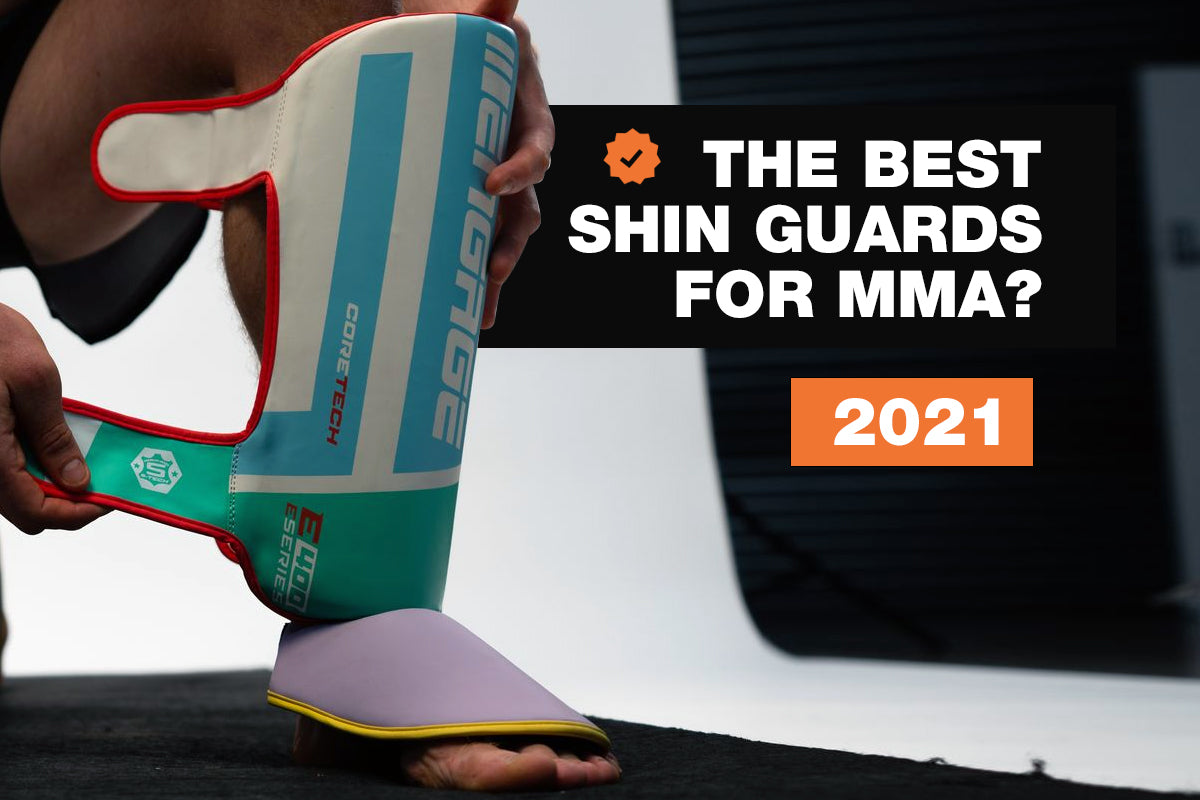Losing weight for combat sports competition is a balancing act between how many calories we put into our body, and how many calories we burn. This seems simple, but ask any MMA fighter who has tried to do it and they will tell you, it’s not. Let’s walk through the process of navigating how many calories you actually burn. Hopefully, this will give you a better idea of how to get the calories in and calories out equation correct.
Resting Metabolic Rate
Our body has an amount of energy that it needs in order to perform all of its function. From keeping your organs going, your brain thinking and your food digesting, your body require energy to keep you going. This amount of energy is called your Resting Metabolic Rate (RMR).
To measure this, you will need to go see a Qualified Practitioner with metabolic testing equipment. What you do is lay in a relaxed position and breathe in a tube for about 30 minutes. Once your breathing is regulated, the equipment can measure how much oxygen and carbon dioxide you are breathing in and out.
By analyzing the amount of oxygen and carbon dioxide exhaled, an RMR machine can calculate how many calories your body will need at rest each day. This type of testing is commonplace in all High-Performance Centres and all high-level Mixed Martial Artists do it.
If you do not have access to this equipment and you don’t mind a little bit of maths, there are a number of equations you can use to get an estimate of your daily energy needs. For Mixed Martial Artists I would recommend the Cunningham equation, and for the everyday person, the Mifflin-St Jeor Equation.
Now, we have to remember that our RMR is the amount of energy that we need at rest. The majority of fighters have pretty busy schedules that involve a lot of training. To figure out how many total calories we burn in a day, we need to take this in to account.
Energy Burned During Exercise
We can go get an RMR test or use one of the above equations, and it can tell us we need 1800 calories per day at rest. The next step is to determine how much energy we burn during training.
MMA is a high energy sport and the amount someone can burn can range from 300 calories for lighter sessions, right up to 1200 for more intense ones. This needs to be factored into your energy needs. Again, there is a really accurate way to do this, and a less accurate way, depending on what you have access to.
A good way to calculate this is to complete a VO2 Max tests. This requires the athletes to work from a slow aerobic state such as walking to a max effort sprint. By doing this while breathing into a tube we can determine how much energy your body uses at different intensities of training.
This is useful as you can then wear a heart rate monitor during training and then correlate the data from the VO2 to determine how many calories were burned.
Again, not everyone has access to this type of testing so there are also equations you can use to estimate the amount of energy burned during training such as PALs or METs. I would suggest using the MET to get an estimate of the energy used.

